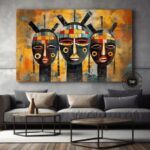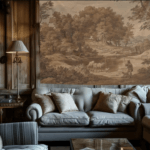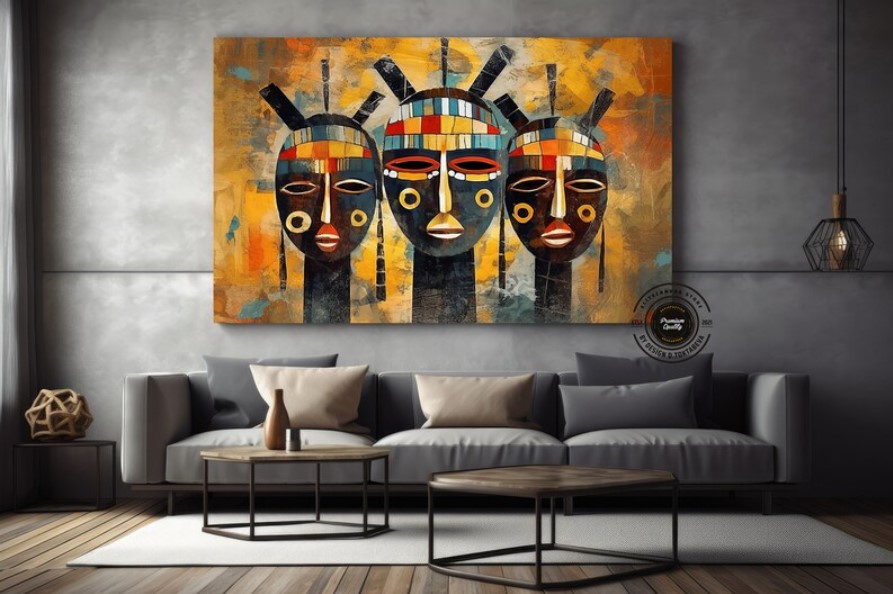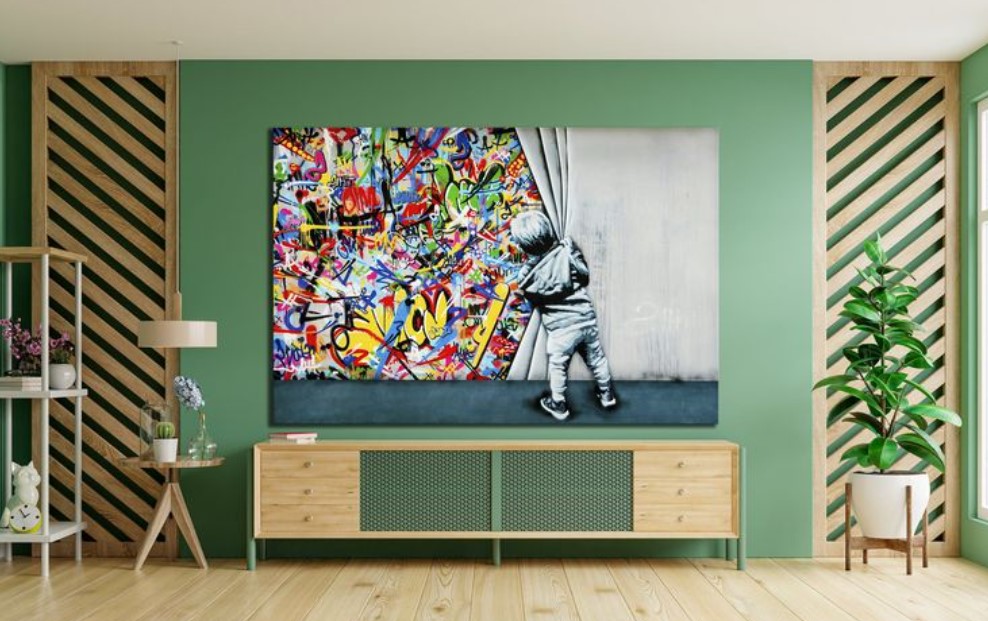Introduction
In the realm of contemporary wall art, the timeless allure of still life paintings continues to captivate art enthusiasts and interior design aficionados alike. From traditional compositions to modern interpretations, still life art offers a unique and compelling way to enhance the ambiance of any living space. Exploring the seamless connection between still-life art and contemporary wall decor unravels a world of artistic expression and aesthetic refinement.
The Timeless Appeal of Still Life Art
Still-life art, dating back centuries, typically features inanimate objects like flowers, fruits, vessels, or everyday items arranged in a carefully composed tableau. What makes this genre perennially relevant in contemporary wall art is its ability to transcend time, offering a blend of classic elegance and modern sensibilities. These artworks evoke a sense of serenity, invite contemplation, and add depth to interior spaces.
The main features of still-life wall art include:
Inanimate Objects: Still-life wall art typically portrays inanimate objects such as fruits, flowers, vessels, food, utensils, books, or other everyday items.
Arrangement and Composition: Artists arrange objects purposefully within a confined space or setting, creating a carefully composed tableau. The composition often involves consideration of balance, symmetry, and visual harmony.
Attention to Detail: Artists pay meticulous attention to detail, capturing the textures, surfaces, and intricate qualities of the depicted objects.
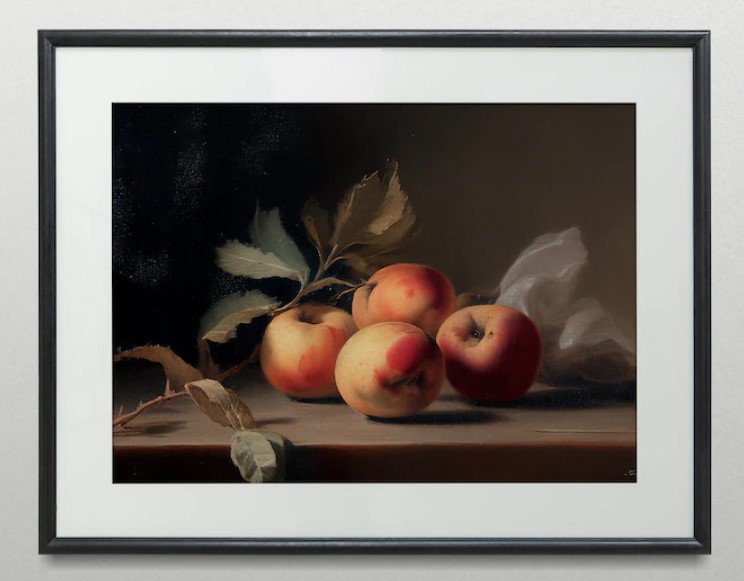
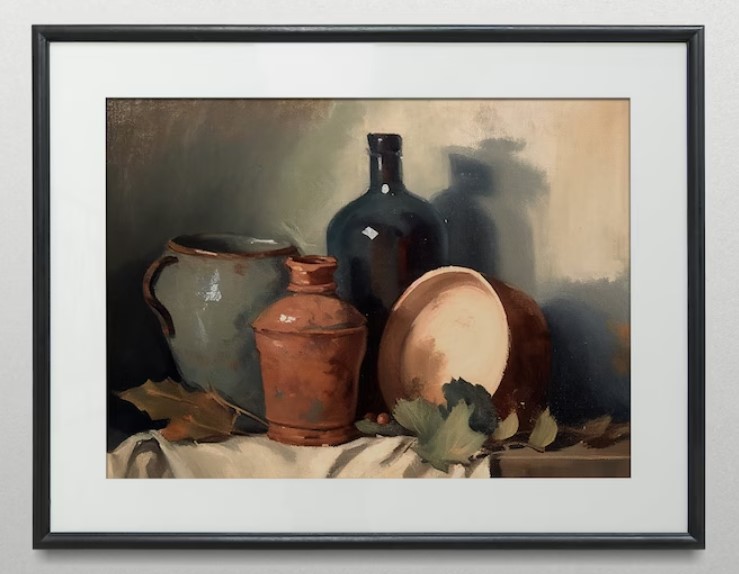
Realism or Interpretation: Still-life art can range from highly realistic representations to more interpretive or abstract renditions, allowing for creative expression and artistic interpretation.
Lighting and Shadow: Artists skillfully use light and shadow to create depth, dimension, and mood within the artwork, enhancing the visual impact of the depicted objects.
Choice of Medium: Still-life wall art can be created using various mediums such as oil, acrylic, watercolor, pastels, charcoal, or mixed media. The choice of medium can significantly influence the style and appearance of the artwork.
Symbolism and Narrative: Sometimes, still-life artworks incorporate symbolism or tell a story beyond the mere depiction of objects, inviting viewers to contemplate deeper meanings or narratives.
Timelessness and Versatility: Still-life art has endured through different artistic movements and continues to adapt to contemporary styles and preferences, making it a versatile choice for wall decor in various interior settings.


Emotional Impact: Despite focusing on inanimate objects, still-life wall art often evokes emotions, whether it’s tranquility, nostalgia, joy, or contemplation, through its composition, color palette, and mood.
Decorative Appeal: Still-life wall art serves as an aesthetic enhancement for interior spaces, adding sophistication, character, and visual interest to homes, offices, galleries, or any other environment.
These features collectively contribute to the enduring appeal and artistic significance of still-life wall art, making it a compelling choice for both art enthusiasts and interior decorators looking to infuse spaces with visual charm and artistic depth.
Connecting Still Life Art to Contemporary Wall Decor
In the realm of contemporary interior design, the versatility of still-life art seamlessly integrates into diverse decorative themes. Whether it’s a minimalist setting or an eclectic arrangement, these artworks bring a unique focal point, infusing character and charm into any room. Modern artists often experiment with unconventional compositions, vibrant color palettes, and diverse mediums, pushing the boundaries of traditional still-life art and aligning it with contemporary tastes.
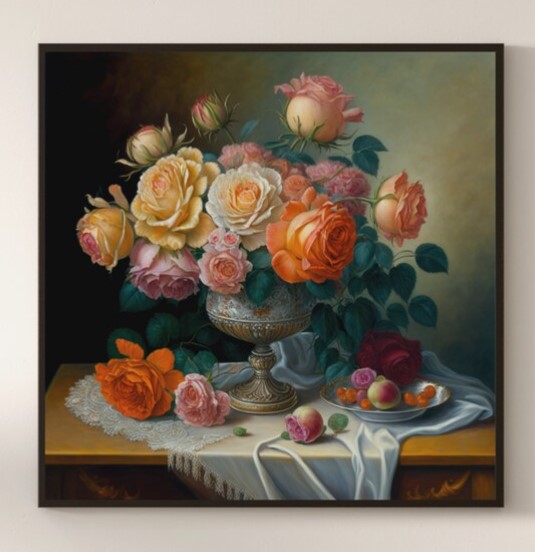
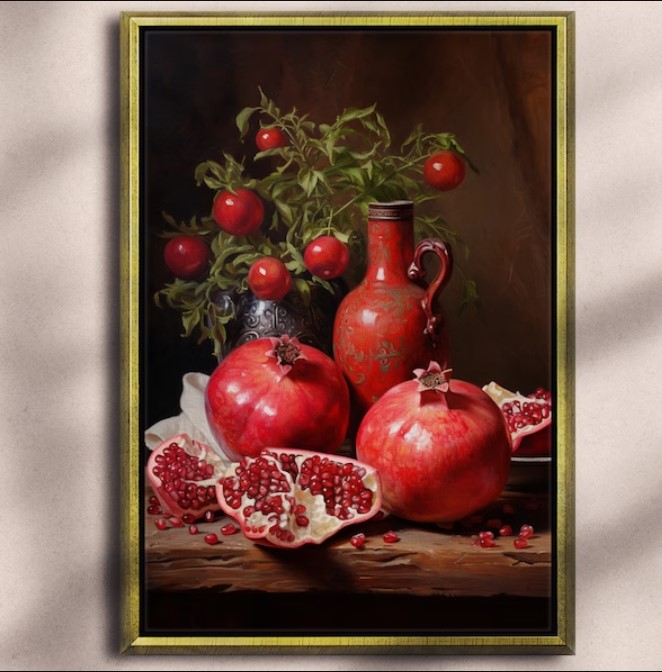
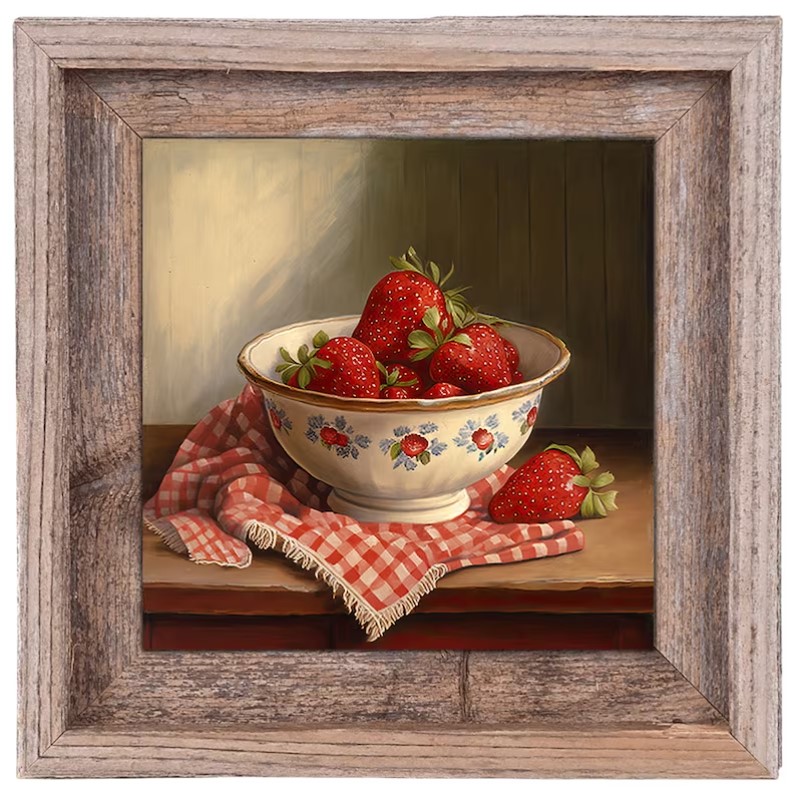
Enhancing Home Interiors with Still Life Art
Utilizing still-life art strategically can transform the ambiance of different areas within a home. Consider adorning the dining area with a striking still-life painting featuring bountiful fruits or a table set with elegant tableware. For living spaces, opt for larger-scale pieces that draw attention and complement the overall decor while adding a touch of sophistication.
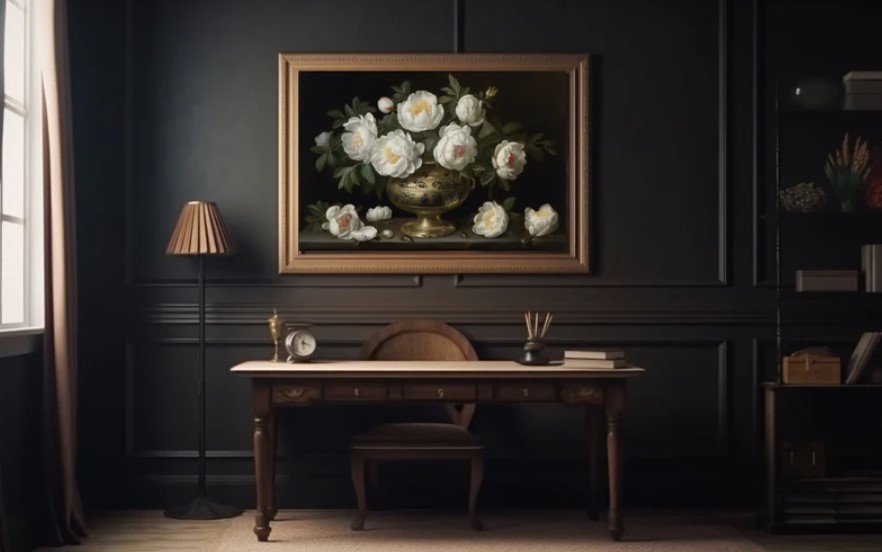
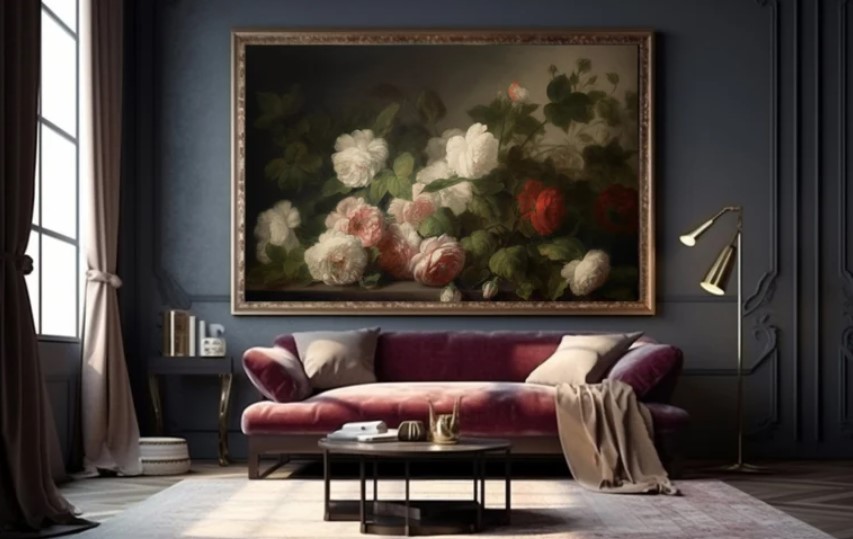
Clever Tips and Ideas for Decorating with Still Life Art
![]() Statement Wall: Create a captivating focal point by hanging a large-scale still-life canvas on a feature wall. Let the artwork dictate the color scheme and mood of the room.
Statement Wall: Create a captivating focal point by hanging a large-scale still-life canvas on a feature wall. Let the artwork dictate the color scheme and mood of the room.
![]() Gallery Arrangements: Arrange a collection of smaller still-life artworks in a gallery-style layout. Mix and match frames and sizes to add visual interest and depth to the wall.
Gallery Arrangements: Arrange a collection of smaller still-life artworks in a gallery-style layout. Mix and match frames and sizes to add visual interest and depth to the wall.
![]() Unexpected Spaces: Explore unconventional areas like the kitchen or bathroom for still-life art. Display a series of small paintings or prints to add an artistic touch to these functional spaces.
Unexpected Spaces: Explore unconventional areas like the kitchen or bathroom for still-life art. Display a series of small paintings or prints to add an artistic touch to these functional spaces.
![]() Mix with Modern Decor: Blend traditional still-life paintings with contemporary furniture and decor elements to create a juxtaposition that sparks visual intrigue.
Mix with Modern Decor: Blend traditional still-life paintings with contemporary furniture and decor elements to create a juxtaposition that sparks visual intrigue.
![]() Seasonal Rotation: Rotate still-life artworks based on seasons or themes. For instance, display floral compositions in spring and summer, and switch to cozy scenes or harvest-themed art in fall and winter.
Seasonal Rotation: Rotate still-life artworks based on seasons or themes. For instance, display floral compositions in spring and summer, and switch to cozy scenes or harvest-themed art in fall and winter.

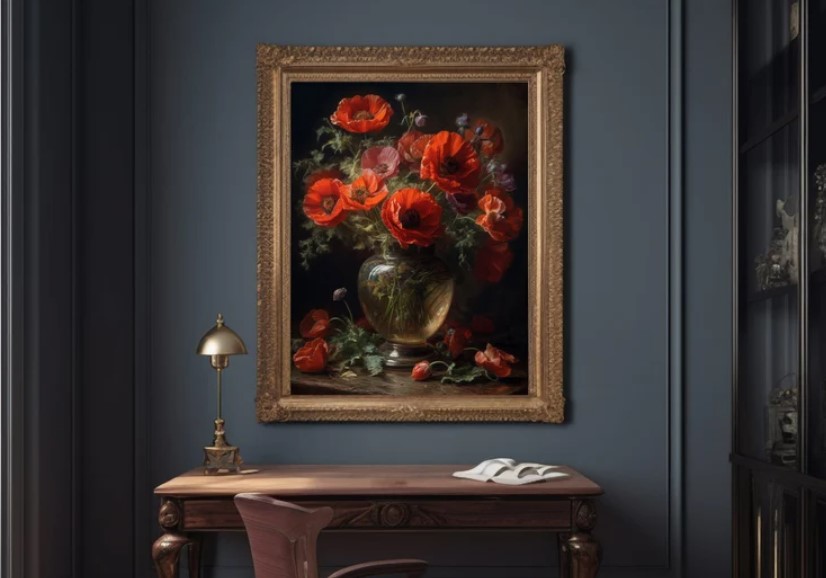
Infusing Modern Spaces With Still-Life Art
Still-life art holds a remarkable capacity to complement and enhance the interior of a modern house. Its versatility allows it to seamlessly integrate into various spaces, adding depth, character, and aesthetic appeal. Here’s how still-life art can be utilized to decorate different areas within a modern home:
Living Room
- Focal Point: A large-scale still-life painting can serve as a focal point above a sofa or fireplace, drawing attention and setting the tone for the room.
- Gallery Wall: Create a gallery wall with a collection of smaller still-life artworks in varied frames to add visual interest to a blank wall.
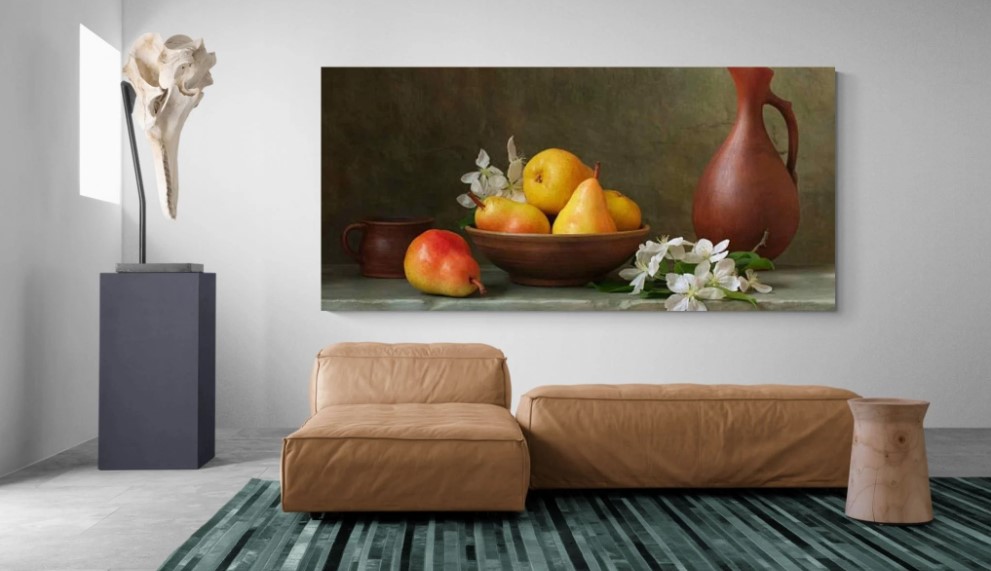
Dining Area
- Statement Piece: Adorn the dining area with a striking still-life canvas featuring fruits, floral arrangements, or tableware to complement the space.
- Series Display: Display a series of smaller still-life pieces along the dining room wall, creating a cohesive and visually appealing arrangement.
Kitchen
- Brighten the Space: Hang cheerful still-life paintings depicting fruits or culinary scenes to add vibrancy and warmth to the kitchen area.
- Grouping: Arrange a set of smaller still-life prints on open shelves or above countertops, infusing the cooking space with artistic charm.
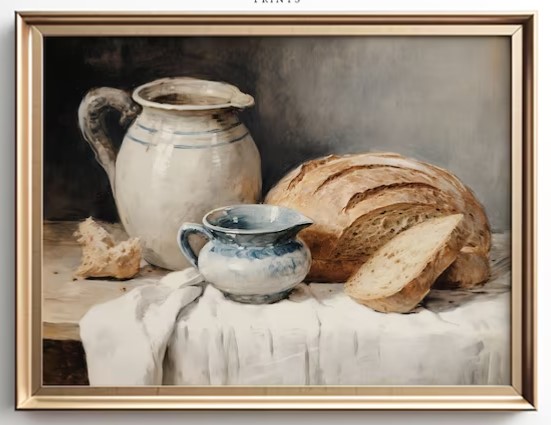
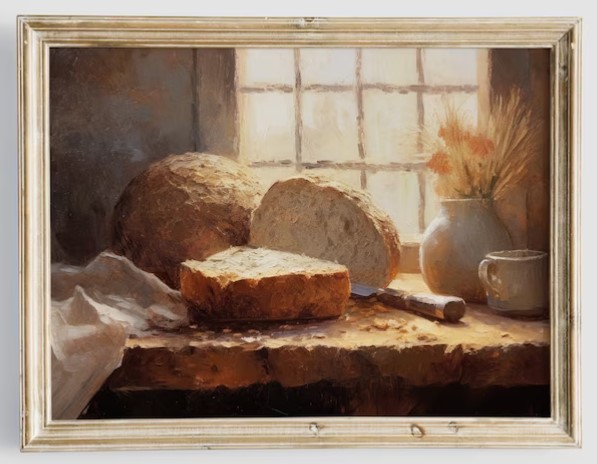
Bedroom
- Serene Ambiance: Choose tranquil still-life art featuring calming subjects like flowers or peaceful settings to create a relaxing atmosphere in the bedroom.
- Above the Headboard: Place a visually engaging still-life artwork above the headboard to serve as a visually captivating backdrop.
Hallway or Entryway
- Welcoming Decor: Use still-life art to create a welcoming atmosphere in entryways or hallways. Opt for smaller pieces that invite contemplation as one enters the home.
- Linear Arrangement: Hang a series of still-life artworks in a linear arrangement along a hallway wall to guide the eye and create visual continuity.
Home Office or Study
- Inspirational Pieces: Select still-life art that inspires focus and creativity for the workspace. Pieces with books, writing utensils, or artistic setups can be motivational.
- Personalized Decor: Customize the space by choosing still-life art that resonates with personal interests or hobbies, adding a touch of individuality to the office.
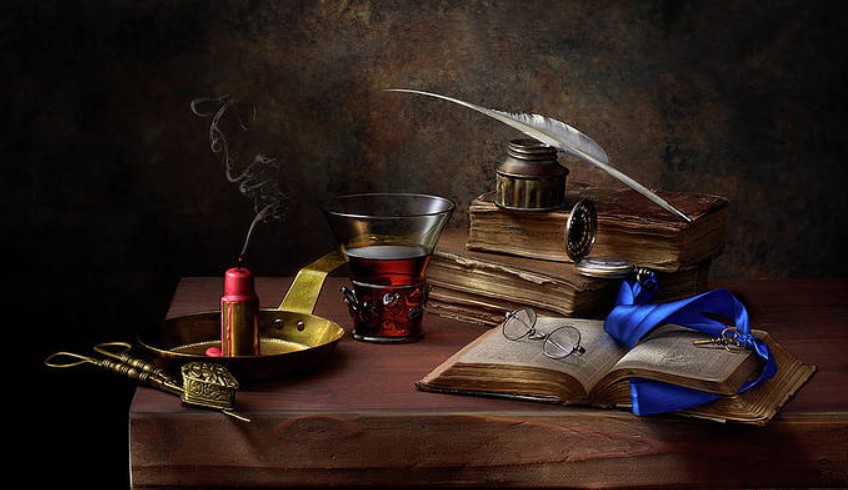

When decorating with still-life art in a modern house, consider the color palette, style, and scale of the artwork to complement the existing decor. Whether aiming for a minimalist, eclectic, or contemporary interior, the versatility of still-life art allows for a sophisticated infusion of artistic expression into every corner of a modern home, enhancing its overall ambiance and style.
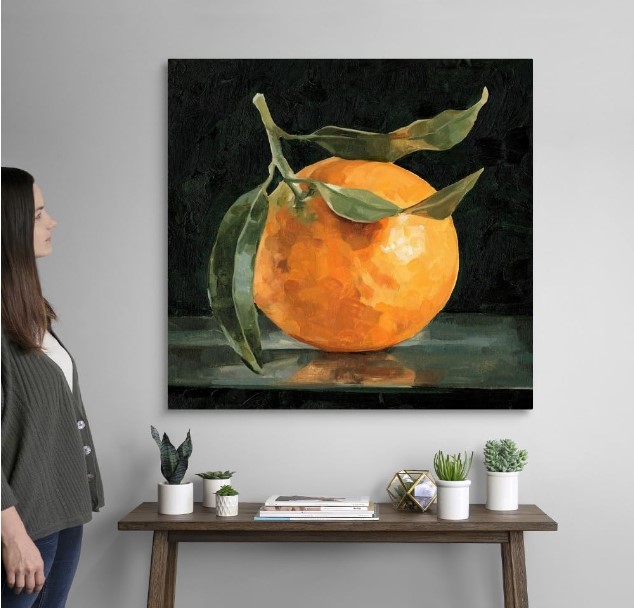

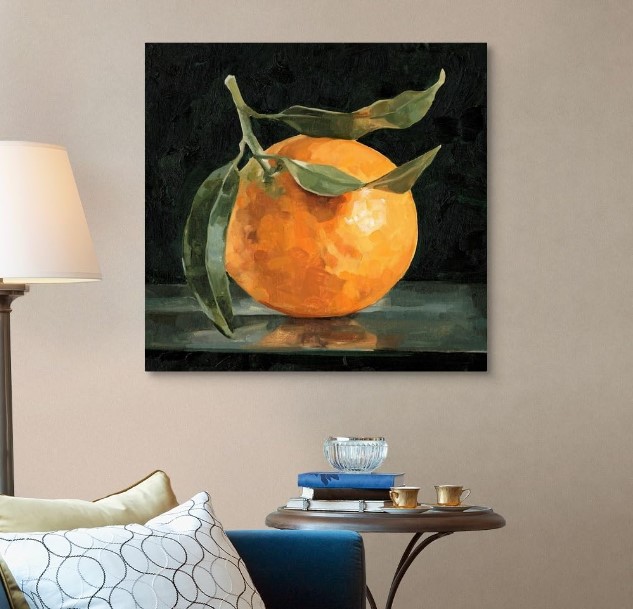
Conclusion
In conclusion, still-life art serves as a bridge between classical artistry and contemporary aesthetics. Its ability to evoke emotions, create focal points, and elevate the ambiance of home interiors makes it a valuable addition to any art enthusiast’s collection. By incorporating still-life artworks strategically and creatively, one can transform living spaces into visually captivating havens of artistic expression and personal style.
| If you have any comments or questions about this post, please leave your feedback below. |




